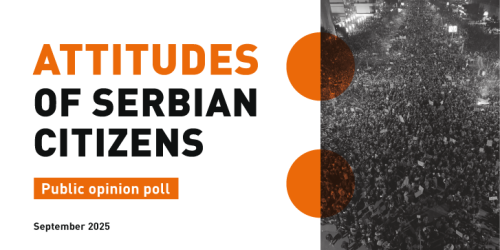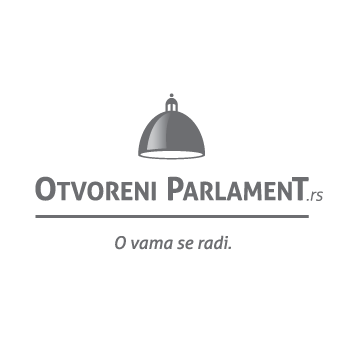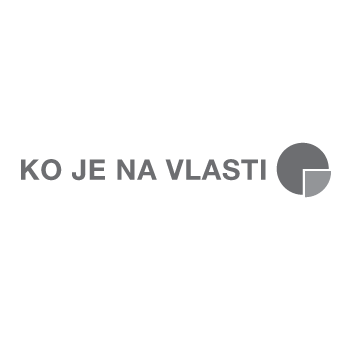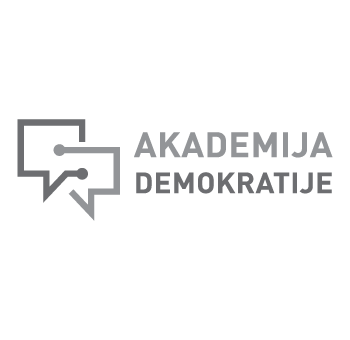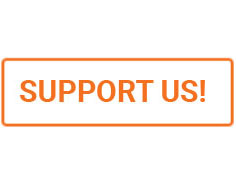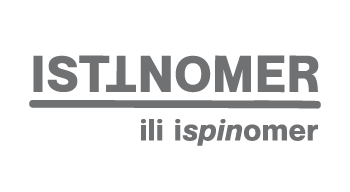Majority for Elections, Majority for Change
Almost two thirds of citizens think that the calling of early elections would be a way out of the crisis. Nearly one in three voters of the ruling parties also believe elections should be held according to the public opinion poll conducted by CRTA between September 13 and 27.
If elections were to be held right now, they would take place in a referendum-like atmosphere an alomst black-and-white division between those who support President Aleksandar Vučić and those who support the students, that is, change. At this moment, when it is still unknown when the elections will be called, 44 percent of citizens support the student list, while the bloc led by Aleksandar Vučić has 32 percent support.
For 43 percent of citizens it doesn’t matter who comes to power instead of Aleksandar Vučić, while 39 percent believe things would be worse without him which clearly illustrates the referendum atmosphere and the polarization of society.
The share of citizens with moderate or undecided attitudes toward the protests against the government is shrinking 58 percent support them, 39 percent do not.
The society’s readiness for change is also reflected in the finding that more than half of citizens believe the country is heading in the wrong direction, compared to one third who believe Serbia is on the right track. Results were almost identical at the beginning of the student protests, back in December 2024. Citizens who think the country is moving in the wrong direction are mostly those who support the protests and who cite anger, frustration, and concern as their predominant emotions.
Polarization is evident in what people see as Serbia’s biggest problems for 26 percent of citizens, it is systemic corruption, and for 20 percent it is the students and the blockades. Citizens also list the government itself and their own economic difficulties as key sources of concern.
Among those who support Vučić and see the students as the biggest problem, the majority are older citizens, people with lower levels of education, and those who rely primarily on pro-government media as their main source of information.
Read the full survey here.
The survey was conducted by telephone, on a nationally representative sample of 2,020 respondents.
